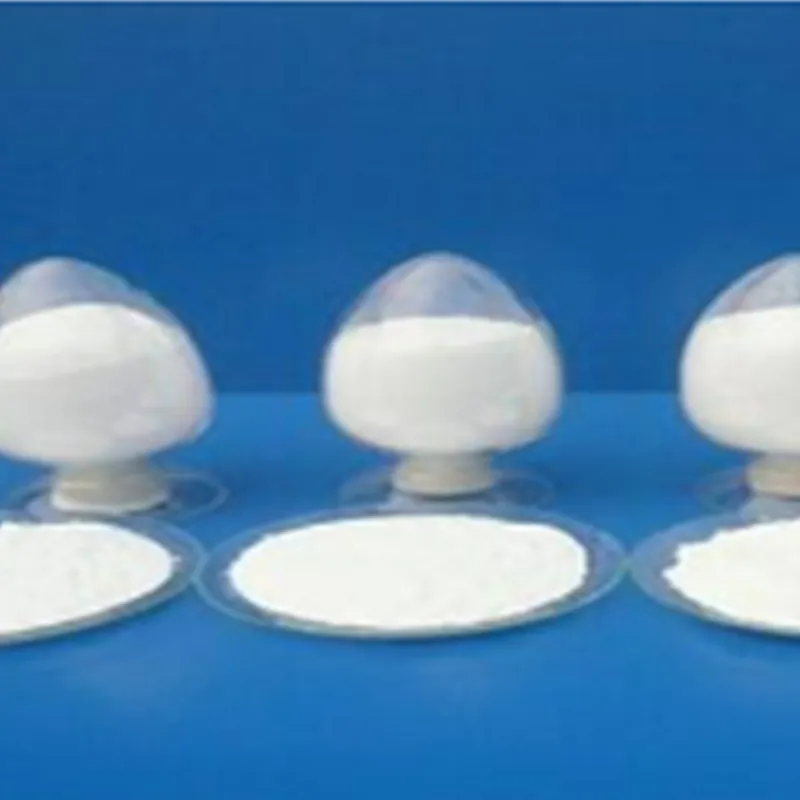
emulsifier 442 and 476
The Role of Emulsifiers A Focus on E442 and E476
In the realm of food science, emulsifiers play a pivotal role in enhancing the texture, stability, and overall quality of various food products. Among the myriad of emulsifiers available, E442 and E476 stand out for their widespread use in the food industry. This article delves into their properties, functionalities, and applications in food preparations.
Understanding Emulsifiers
Emulsifiers are substances that facilitate the mixing of two immiscible liquids, such as oil and water. They contain both hydrophilic (water-attracting) and hydrophobic (water-repelling) sections, allowing them to stabilize emulsions by reducing surface tension. By doing so, they help create a consistent texture, prevent separation, and enhance the shelf life of food products.
E442 Glycerol Esters of Fatty Acids
E442, also known as glycerol esters of fatty acids, is derived from natural fats and oils. It serves multiple functions within food formulations, primarily as an emulsifier, stabilizer, and thickening agent. E442 is especially valuable in products requiring a smooth mouthfeel, such as margarine, cream cheese, and certain sauces.
The food industry appreciates E442 for its ability to create stable emulsions and homogeneous mixes. It enables manufacturers to produce low-fat variants of products without compromising on texture and taste. Furthermore, due to its plant-based origin, E442 is often favored in vegetarian and vegan product lines, aligning with the growing consumer trend toward cleaner labels and natural ingredients.
E476 Polyglycerol Esters of Fatty Acids
emulsifier 442 and 476

E476, or polyglycerol esters of fatty acids, is another essential emulsifier used in the food industry. This compound is synthesized through the esterification of multiple glycerol molecules with fatty acids. E476 is particularly noted for its emulsifying properties in high-fat food products, such as chocolate, confections, and baked goods.
One of the key advantages of E476 is its ability to improve the texture and mouthfeel of food products. In chocolates, for instance, it helps achieve a smooth and glossy finish while preventing fat bloom. Moreover, it plays a crucial role in stabilizing whipped products and foams, ensuring that they maintain their structure during storage and transportation.
Health and Regulatory Aspects
Both E442 and E476 are deemed safe for consumption by food safety authorities, including the European Food Safety Authority (EFSA) and the Food and Drug Administration (FDA). However, as with any food additive, it is essential for consumers to be aware of their presence in food products, especially if they have allergies or dietary restrictions.
Health-conscious consumers increasingly prefer products that contain natural emulsifiers, leading to a rising demand for food items with minimal artificial additives. E442, derived from natural sources, offers a viable alternative for those seeking cleaner labels, while E476's derived improvements in food texture can appeal to various consumer segments.
Conclusion
E442 and E476 are vital emulsifiers that enhance the quality, texture, and stability of numerous food products. As the food industry continues to evolve, the demand for natural and effective emulsifiers will likely persist. Understanding the roles these emulsifiers play allows both manufacturers and consumers to make informed choices about the food they produce and consume. With a growing emphasis on health and sustainability, the spotlight on such food additives will only increase, reshaping the landscape of food production for years to come.
-
Comprehensive Guide to Acetic Acid as Preservative: Benefits, Uses & Future TrendsNewsNov.24,2025
-
What Is a Food Additive? Global Insights, Applications & Future TrendsNewsNov.24,2025
-
968 Sweetener: The Modern Solution for Health-Conscious SweeteningNewsNov.23,2025
-
Discover the Benefits and Uses of 965 Sweetener (Erythritol) | Tenger ChemicalNewsNov.23,2025
-
961 Sweetener - A Next-Gen Sugar Alternative for Health and IndustryNewsNov.23,2025
-
Understanding 960 Sweetener: The Modern Sugar Alternative for Health and IndustryNewsNov.22,2025
-
Everything You Need to Know About 955 950 Sweeteners – Benefits, Uses, and TrendsNewsNov.22,2025
Hebei Tenger Chemical Technology Co., Ltd. focuses on the chemical industry and is committed to the export service of chemical raw materials.
-

view more DiethanolisopropanolamineIn the ever-growing field of chemical solutions, diethanolisopropanolamine (DEIPA) stands out as a versatile and important compound. Due to its unique chemical structure and properties, DEIPA is of interest to various industries including construction, personal care, and agriculture. -

view more TriisopropanolamineTriisopropanolamine (TIPA) alkanol amine substance, is a kind of alcohol amine compound with amino and alcohol hydroxyl, and because of its molecules contains both amino and hydroxyl. -

view more Tetramethyl Thiuram DisulfideTetramethyl thiuram disulfide, also known as TMTD, is a white to light-yellow powder with a distinct sulfur-like odor. It is soluble in organic solvents such as benzene, acetone, and ethyl acetate, making it highly versatile for use in different formulations. TMTD is known for its excellent vulcanization acceleration properties, which makes it a key ingredient in the production of rubber products. Additionally, it acts as an effective fungicide and bactericide, making it valuable in agricultural applications. Its high purity and stability ensure consistent performance, making it a preferred choice for manufacturers across various industries.





